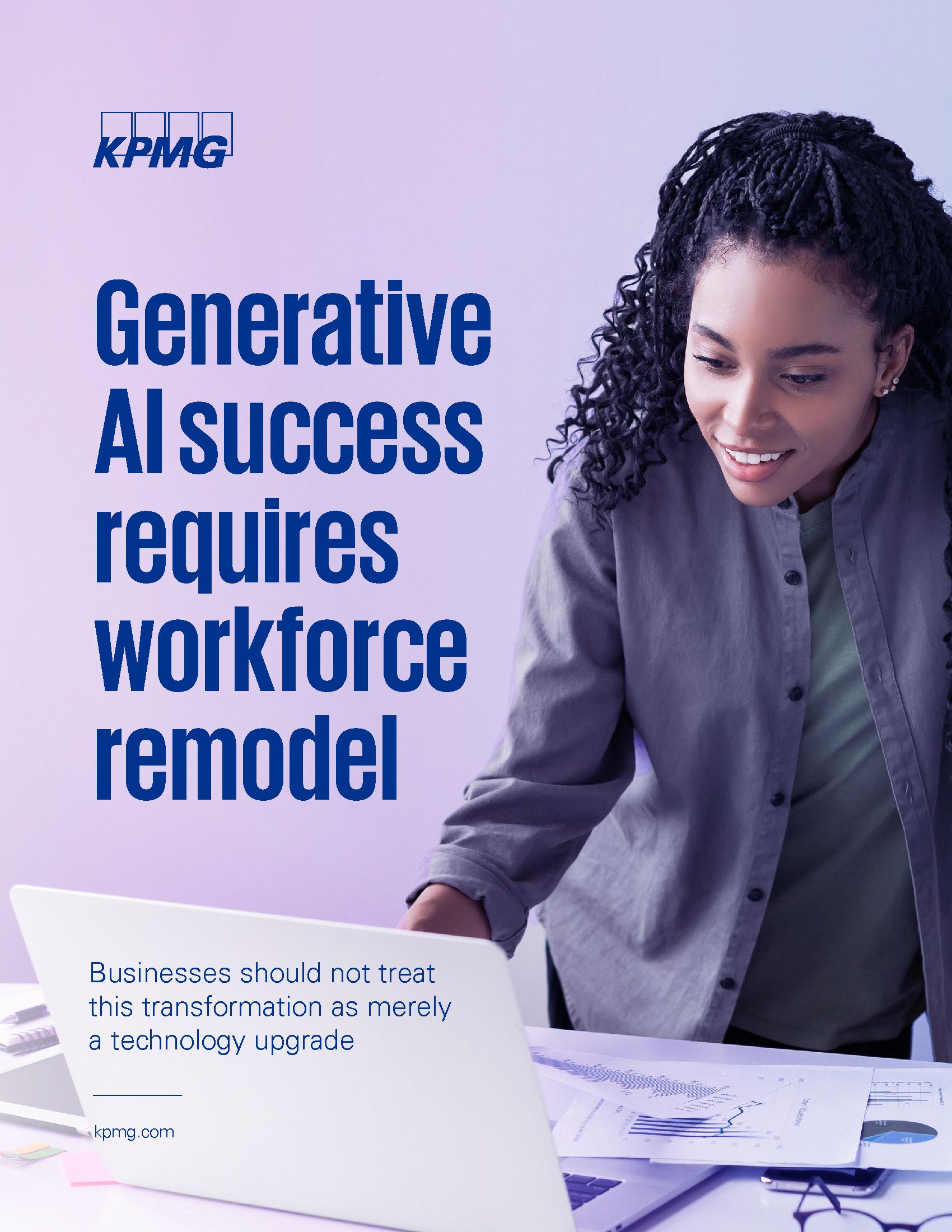AI disruption necessitates workforce transformation. A successful transition includes identifying roles, managing risks, enhancing roles, and capitalizing on maturing AI technology.
With the rapid advancement of artificial intelligence (AI) technologies, the way businesses operate and people work is profoundly disrupted. Generative AI, a particularly influential facet of AI, is progressively automating and enhancing various knowledge-worker tasks that were traditionally manual and time-consuming.
As AI gains prominence, it necessitates a transformative approach to the workforce. To successfully leverage AI, a thorough understanding and reassessment of work processes, organizational structures, and roles are required. This transformation involves addressing concerns of risk and compliance and ensuring the responsible and ethical use of AI tools to retain the confidence of all stakeholders.
A strategic approach centered around four key areas is instrumental in this process
First, identify capabilities, roles, and enablers where AI can add value.
Second, compliance and risk management should be involved.
Third, activate role augmentation that applies AI tools to their best-suited uses and encourages continuous learning alongside compliance.
Lastly, ensure that the evolution of workforce structure matches that of AI maturation, capturing its full potential benefit.
This holistic approach is crucial for organizations to excel in the AI-augmented digital business era.


